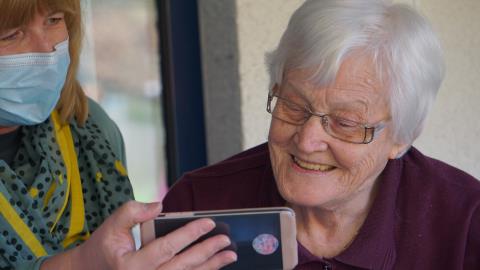According to research from Capital One, digital financial literacy among Americans tends to increase with age. A survey of 3,000 adults revealed that nearly 86% are aware of how to protect themselves and their personal information online. However, over 40% of consumers demonstrate a lack of basic financial knowledge, such as managing debt or building credit.
As a result, only 55% of individuals can be classified as digitally financially literate, based on Capital One’s definition. This group possesses essential financial knowledge and understands how to defend against phishing attacks and other scams.
Older adults perform better in terms of both digital and financial literacy. Among those aged 65 and above, 74% rank highly in these areas, while only 28% of the 18-24 age group achieve the same.
Interestingly, even among individuals who score low on both digital and financial literacy, 45% prefer managing their finances through a mobile app, 19% through a website, and only 9% feel comfortable visiting a bank branch.
Furthermore, 70% of US households report having some or all of their accounts enrolled in digital banking, and among those enrolled, 95% engage in online banking “often” or “occasionally.”
Shena Ashley, president of the Capital One Insights Centre, emphasizes that banking has become digital: “From paying bills to checking bank balances, people are managing their finances online, making digital financial literacy skills critical for consumers. Despite the majority of Americans regularly banking online, many still lack basic financial knowledge and skills.”
